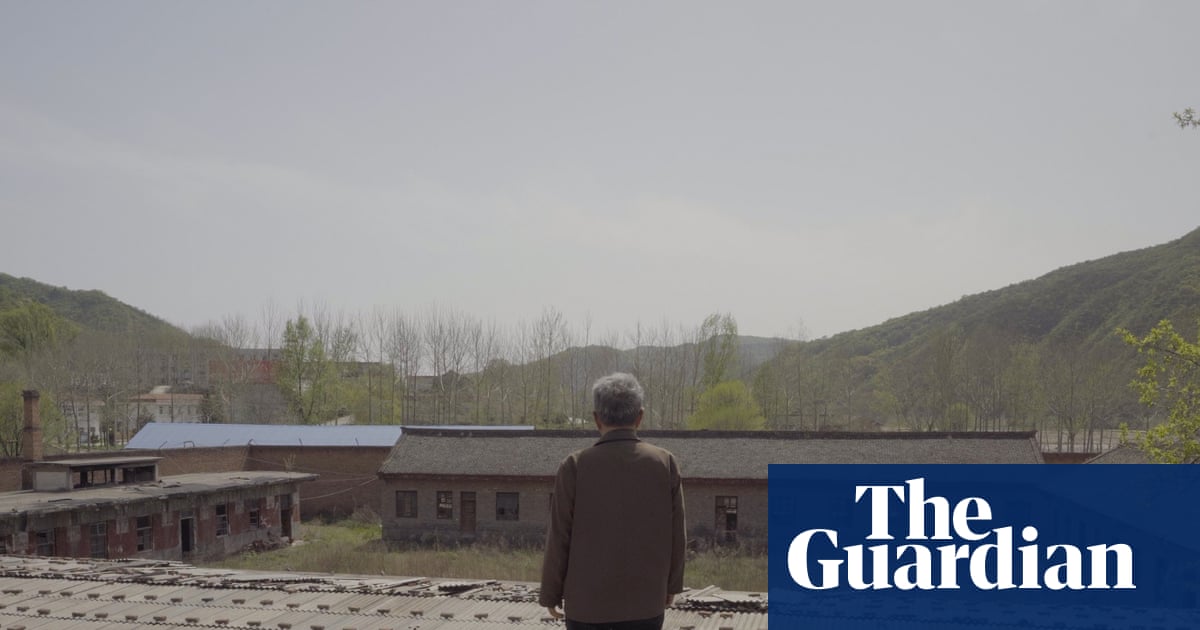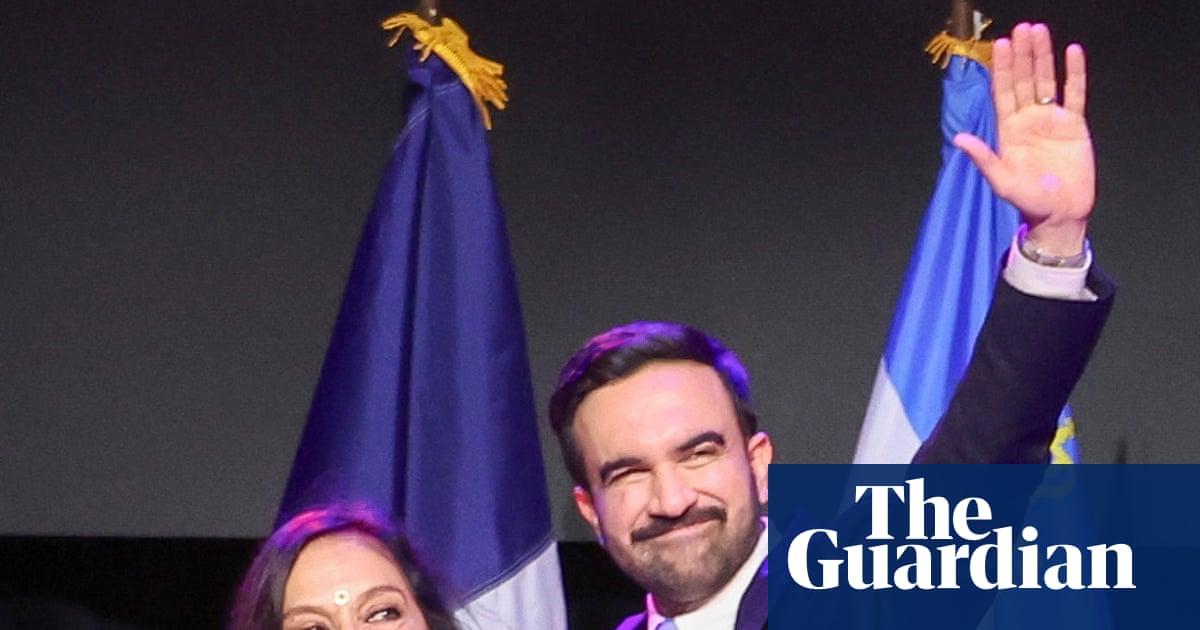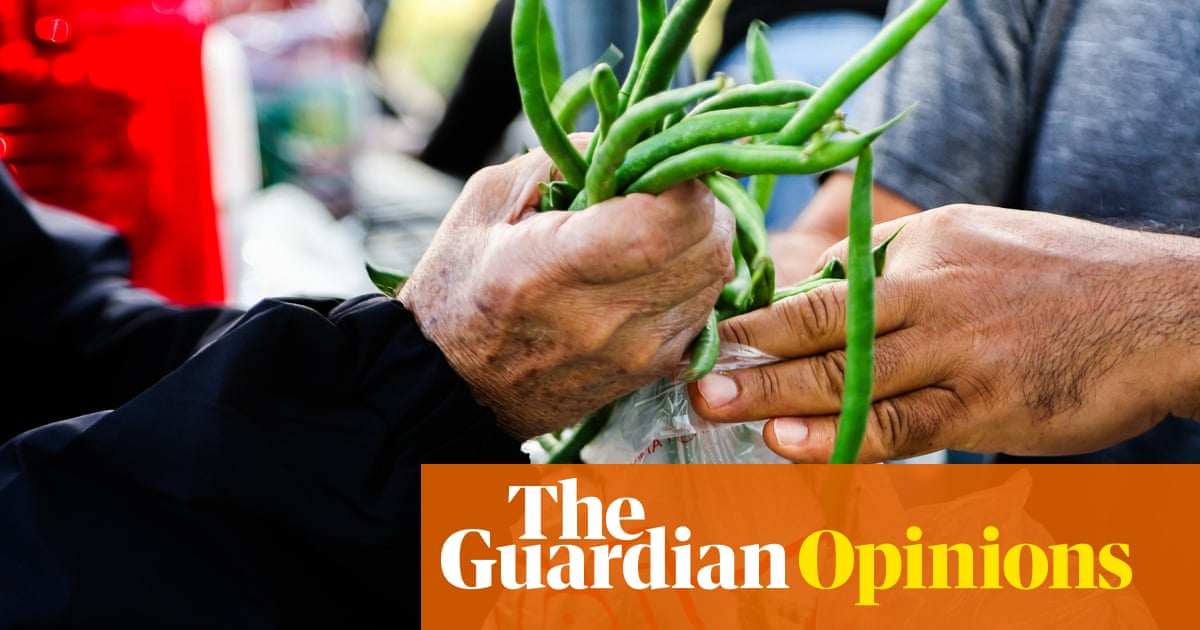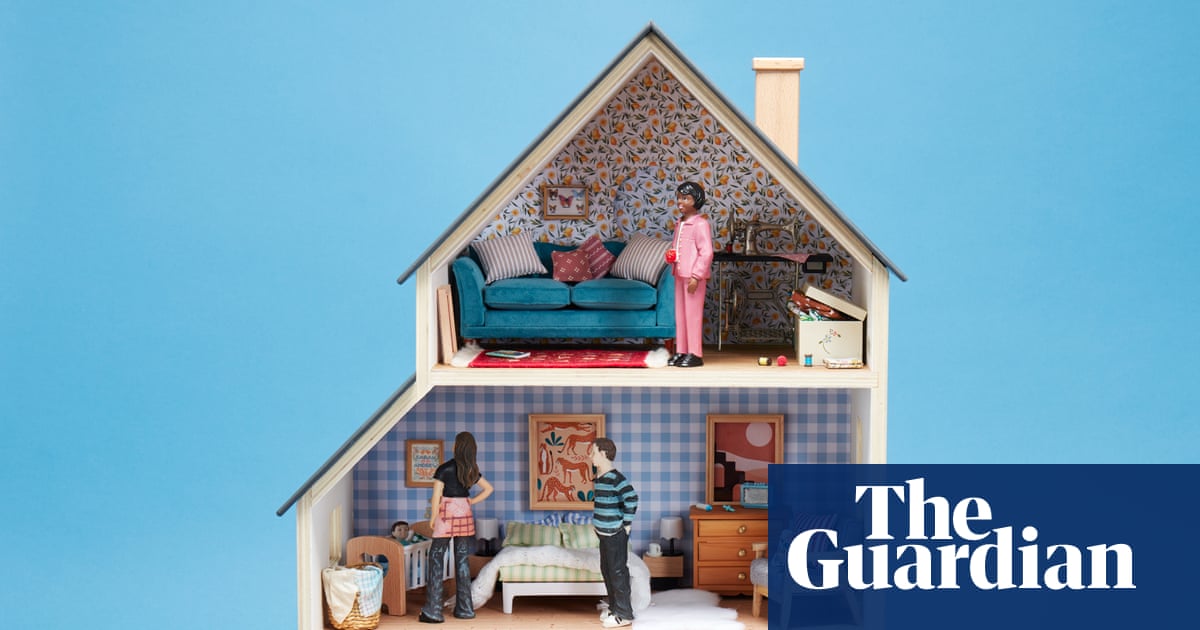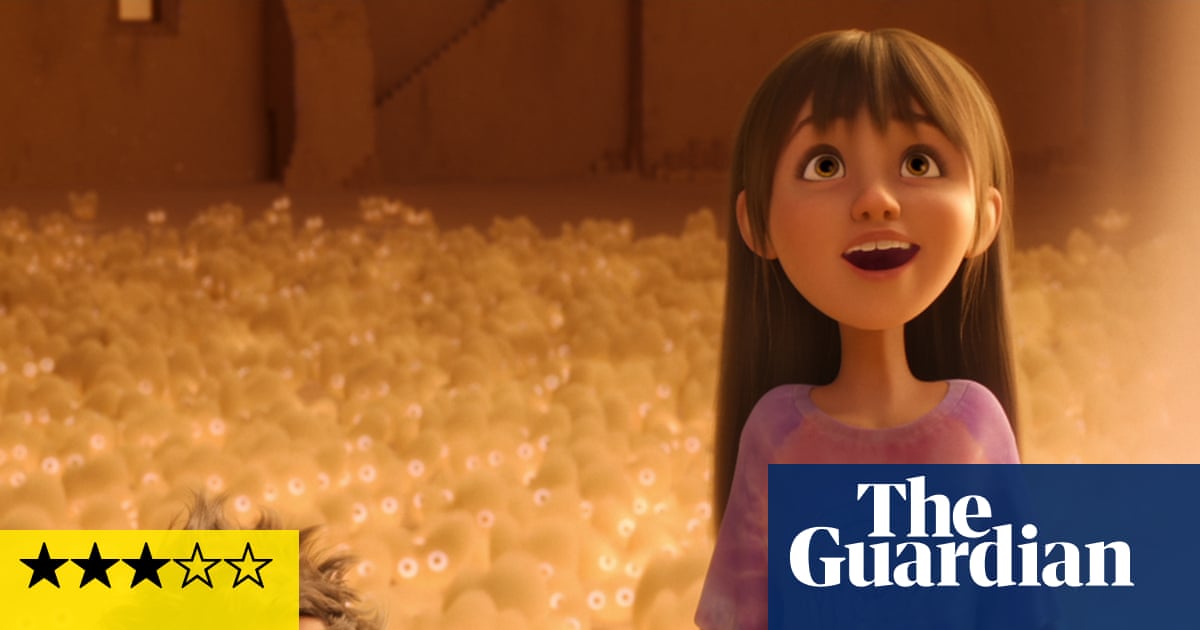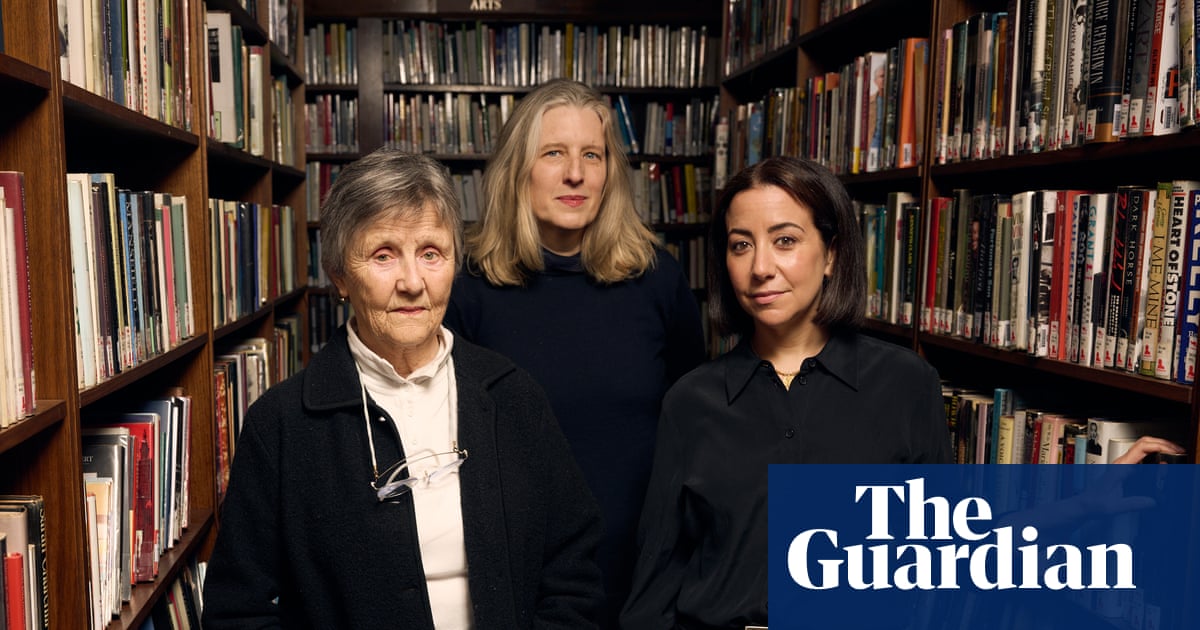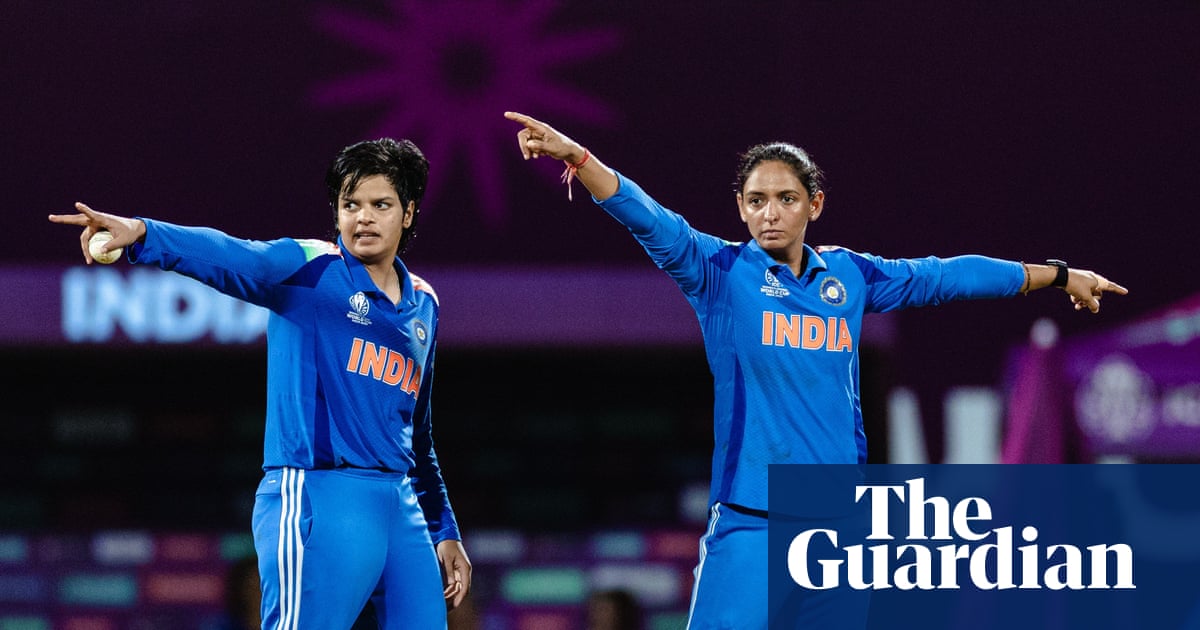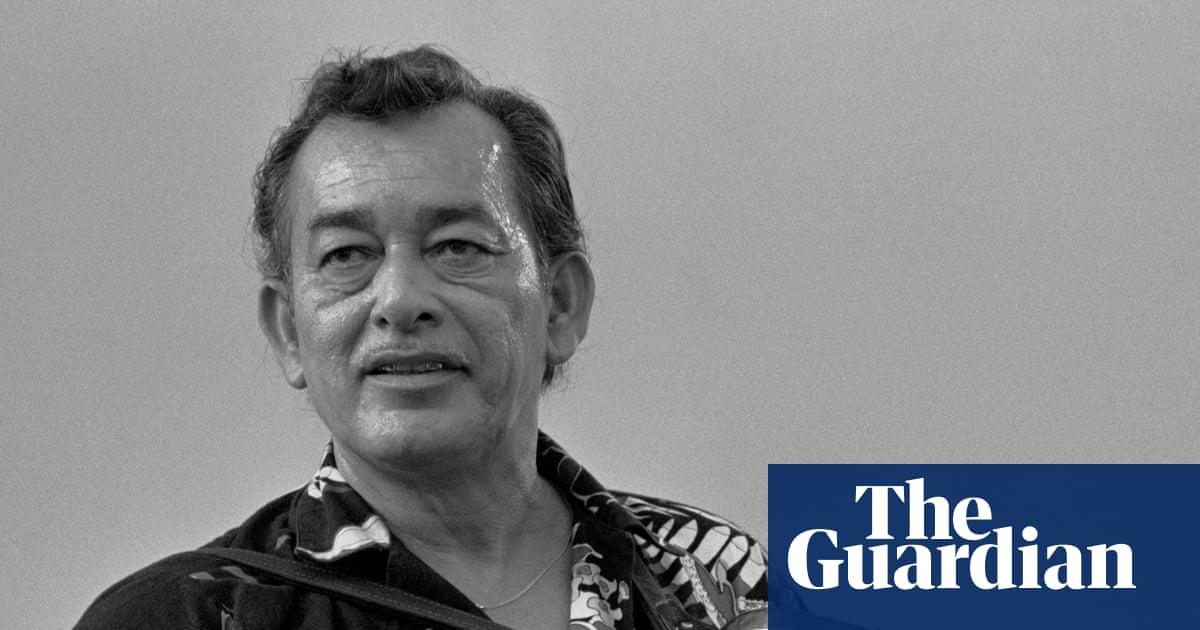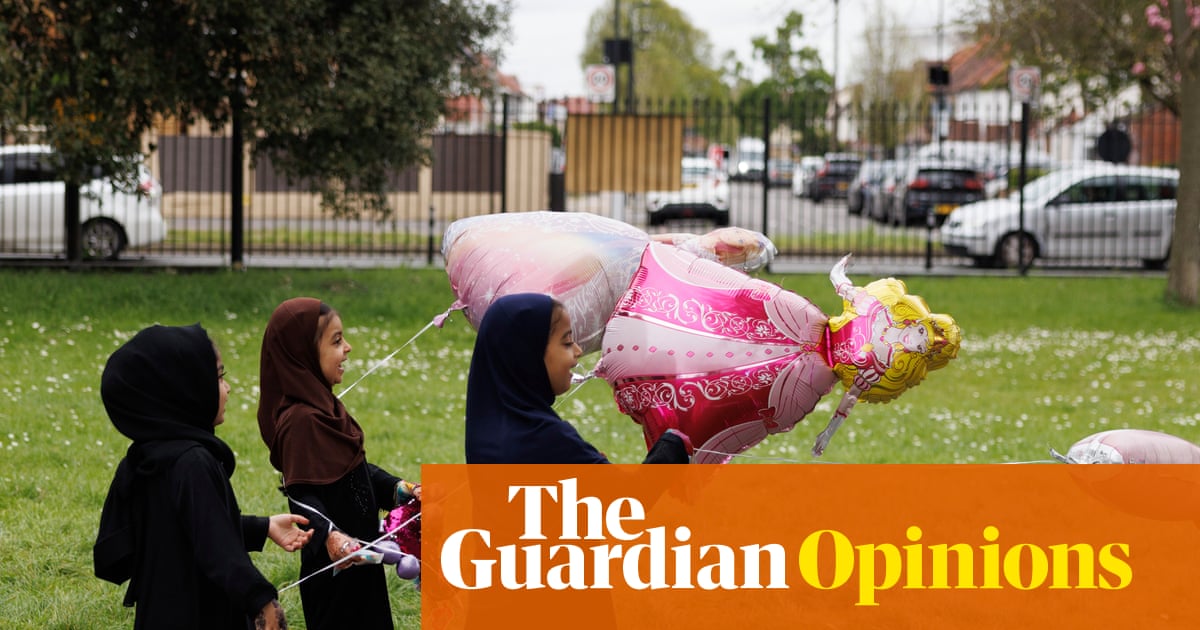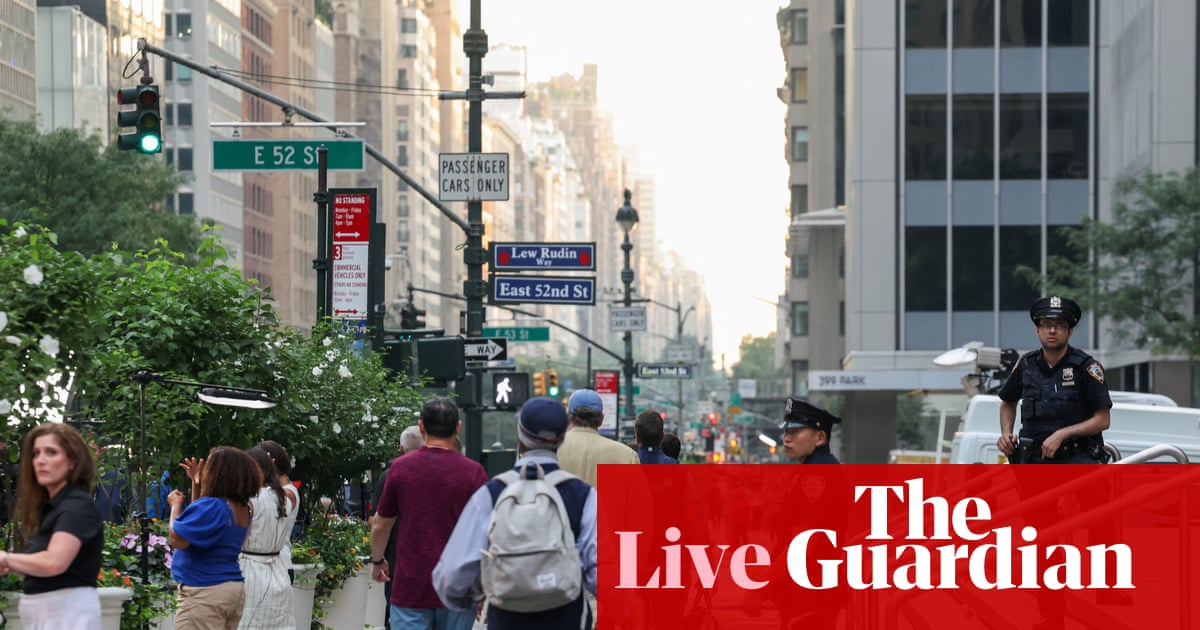This site-specific experience begins with a ride on a stream train. Audiences travel to a purpose-built auditorium inside an engine shed at Oxenhope station. It is a delightful mood-setter to Mike Kenny’s adaptation of E Nesbit’s 1905 novel, which premiered in 2008. It is back on the road, this time chugging its way along the same five-mile line comprising the Keighley and Worth Valley Railway on which the Green Dragon travelled in Lionel Jeffries’ iconic 1970 film.
Inside the shed, the impressive stagecraft arrests the senses over the story of Roberta (Farah Ashraf), Peter (Raj Digva) and Phyllis (Jessica Kaur), the children forced out of their well-to-do London home and into a shambling house by the tracks in Yorkshire, after their father (Paul Hawkyard) is wrongly imprisoned.

They take to waving at passengers on the Green Dragon, an invisible locomotive here conjured through a wonderful concoction of steam, sounds (designed by Craig Vear) and crackles of light (designed by Richard G Jones). That is, until a real-life steam train enters the auditorium – a sight to behold.
Scenes on Joanna Scotcher’s stupendous set design are deftly executed on mobile platforms. It gives the period dress production a heady sense of motion as the children take off on their adventures. But for all these excitements, it is initially too tame in its storytelling and anodyne in its emotional drama. A framing device in which adult versions of Roberta, Peter and Phyllis reflect back on their childhood selves, and enact the story in retrospect, feels under-used.
Conceived and directed by Damian Cruden, the children are Anglo-Indian; their father met their mother (Asha Kingsley) in the British Raj. It is an interesting twist, rather like that in last year’s production of The Secret Garden. But little is done with this introduced theme of imperialism and mixed heritage identity beyond the cosmetic: Mother wears an ethnic shawl; one of the children dreams of having an elephant.
The siblings speak in cheery tones and appear more like a reduced version of the Famous Five than young people trying to turn their pain into resilience. It is all a little chocolate-box – a quintessential, idealised version of Englishness.
Thankfully, it is brought back on track after the interval. The humour sparks alive and there are charming meta flourishes to the siblings’ memories.
“You’ll have to use your imaginations for this part,” Roberta implores us at one point, and later we become the waving strangers on the train. It shines in these collaborative moments. The emotional life of the play gains weight, too, however schmaltzy the story may be. By the time the final scene comes round, with Father’s return, this show has become irresistible.

 3 months ago
109
3 months ago
109



